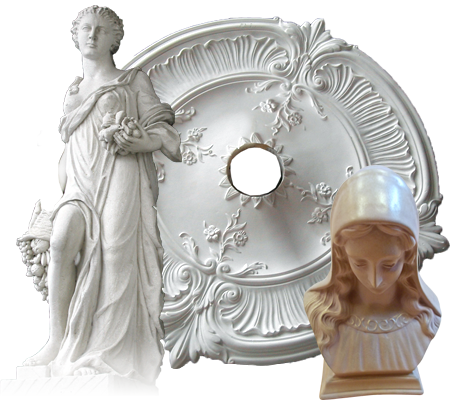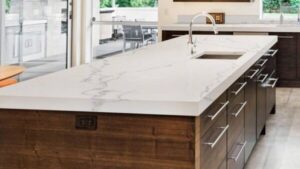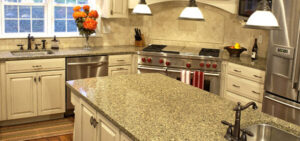The construction industry is indebted to the wonder building material gypsum plaster. It has become a part of every construction we see in the world today. In the normal course, one uses of Plaster of Paris and then finishes the rough surface with Plaster of Paris. However, one may use the gypsum plaster directly to finish the concrete structures. This removes the need to use cement plaster for the building.
Composition of gypsum
The light chalk-like material called gypsum has water and calcium sulphate in its molecule. When we break the crystalline structure, and release the water molecule, it becomes gypsum plaster.
Properties of gypsum
Gypsum plaster of Paris (POP) has wonderful properties that make it suitable for construction purposes. Among these, the notable ones are these:
- Very good insulation property and hence suitable to sound proof or heat proof the structure.
- It resists fire and so you can use it to provide fire-break structures.
- The material is extremely workable when you mix it with water.
- The hardened material resists average to moderate forces.
Advantages and disadvantages of using POP
On the plus side, we see many things that make this the choice of material for plastering purposes.
- The gypsum plaster is extremely workable material and can be used on almost all surfaces. You can apply it on top of cement plaster as it adheres quite well.
- Plaster of Paris cures without any help and does not need any curing agent.
- You save a lot of time during construction as you do not waste time.
- The mason will not have any trouble spreading and levelling the plaster.
- When dried, it becomes hard and can withstand relatively strong knocks without deforming.
- The substance is inert and will not react with paint or chemicals.
- One can provide perfectly smooth finishes, or touch up the surface to make the surface rough.
- The material is eco-friendly and light. So, the load on the structure is low.
On the down side, there are one or two things one has to look for so you do not make mistakes.
- Gypsum plaster does not add strength to the structure unlike cement plaster.
- It is expensive and one needs skilled masons to apply the gypsum plaster. This adds to the labour cost.
- Though suited to exteriors, you might not be able to use for the interiors since this is soluble in water. Hence, if the place is moist, then the plaster will flow.
Different types of plaster
One sees the use of various types of plaster in construction. There is lime, cement, and gypsum used in plaster. One also has the medical cast plaster which consists of Plaster of Paris. And yet other kinds of casts are used in dental practice for taking the impression of the teeth of patients.
The gypsum powder, when heated to 266 degrees Fahrenheit, releases the water and becomes gypsum plaster. You can add water and the plaster becomes hard in 10 minutes and completely rock like in 72 hours.
Use in the world of art
Among the various uses of gypsum plaster, one sees it used to create statues and bass relief. These are done for landscaping so that the appearance of a place or building becomes better. So, also many artists and sculptors use gypsum plaster to make their models and sculptures. This is known as stucco and may have wood or plastic to help add features to the sculpture.


















Be First to Comment